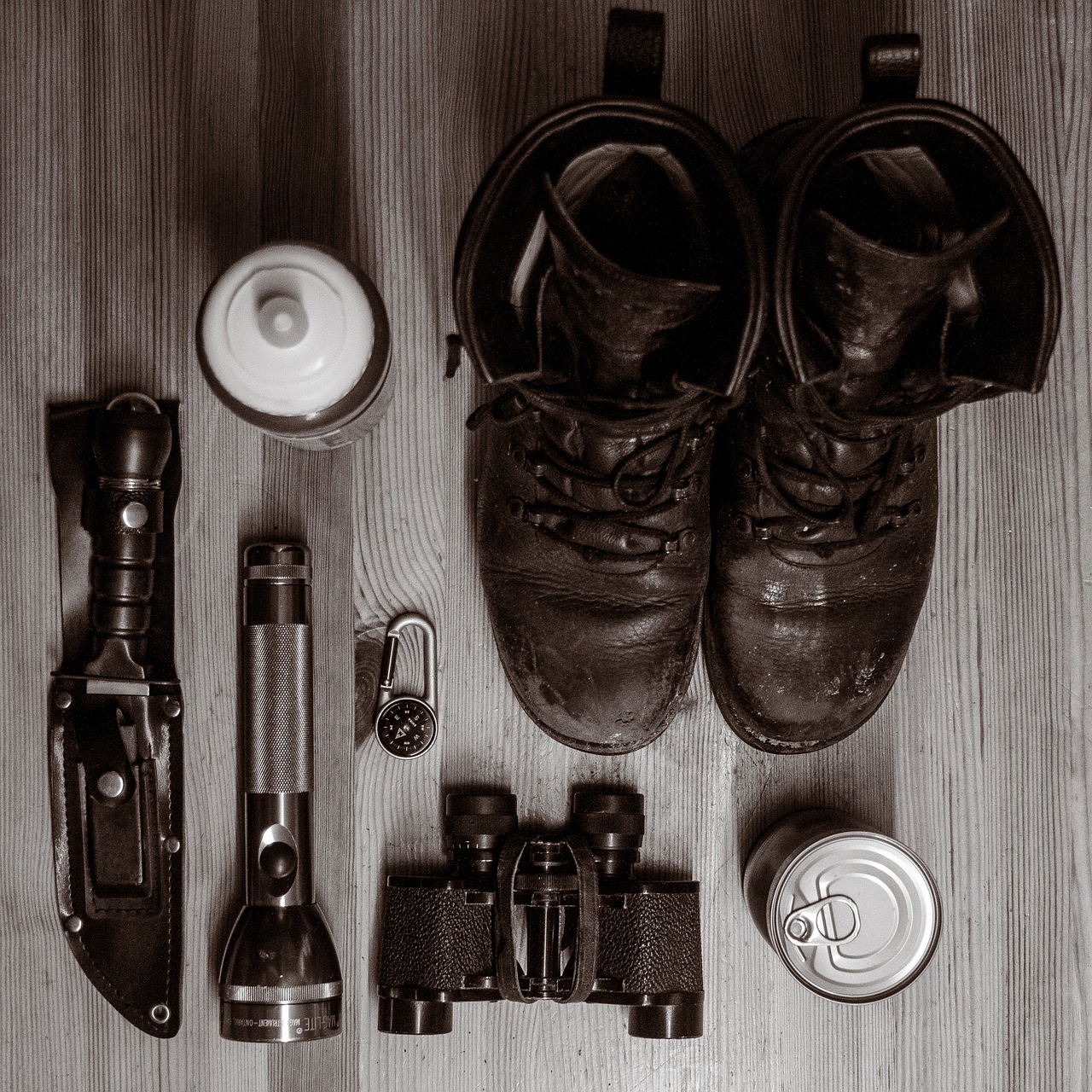
Question About The Best Extracurriculars:
Hello Dr. Julius. I am an incoming MS1 interested in radiology, and I wondered if you had any recommendations for medical school extracurriculars that radiology residency directors highly value. Having talked to several medical students about their extracurriculars, there seems to be a wide variety of options. I know that I will be swamped in medical school and only have time for a few activities. I would love to know if any extracurriculars would be particularly helpful in preparing me for radiology. Thank you!
Answer:
Radiology Relevant Extracurriculars
There are two types of extracurricular activities that radiology program directors like to see. The first are those that are relevant to radiology. These would include research, participating in national radiology specialty conferences, etc. These show a depth of interest in radiology and not just taking a two or 4-week rotation.
Non-Radiology Relevant Extracurriculars
The second of those extracurriculars that you do that may have nothing whatsoever to do radiology but are something that you have explored profoundly and have been successful performing. It could be music but not just strumming a guitar. Maybe you have played in Carnegie Hall or were doing vocals for a cover band. Or, if it is astronomy, you don’t just look at stars at nighttime. But maybe you are actively involved in searching for new planets and found one that has your name!
I am trying to point out that we like to see that you have other interests outside of radiology that make you not just another number but also an interesting person. And that you want to do things, not just superficially, but will work at it to get better and better. These second sorts of interests are so important because we can sit with you for hours at a time. And, we want to make sure that we will like the person that is by our side and have a person there that will work hard for the residency program.
The Crux Of The Matter
So, get involved in some radiology-specific research or organizations if you can. But, also explore things that interest you like to do on the side. Doing too much and mastering nothing does not mean much. But, someone that pursues their interests to the nth degree, now that is special.
Even after all this discussion, more important than all the extracurriculars in the world, is doing well in your medical school and getting good grades for the Dean’s letter and good board scores (correlated with passing the core radiology examination). So, don’t forget about the basics!
Good luck,
Barry Julius, MD















